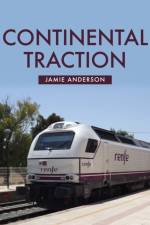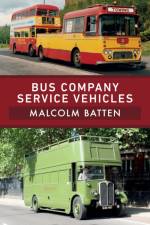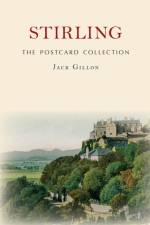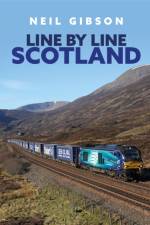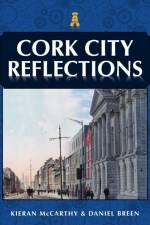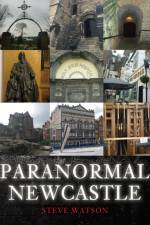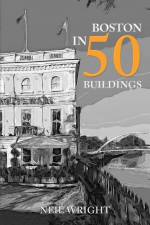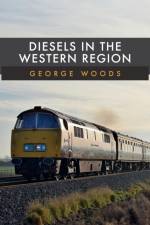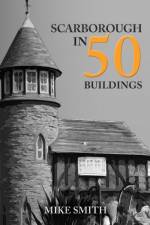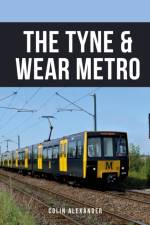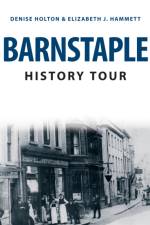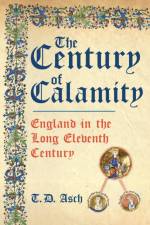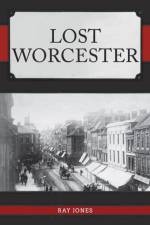av Lucy McMurdo
209
The London districts of Islington and Clerkenwell are charming to explore. Within their streets are the greatest variety of architectural styles, ranging from Tudor, Georgian and Victorian to modernist and contemporary twenty-first-century design. In Islington & Clerkenwell in 50 Buildings, author Lucy McMurdo presents a well-illustrated and engaging perspective of the rich architectural heritage of both areas. Islington has a wonderful vibrancy. Its main thoroughfare of Upper Street overflows with bars, restaurants, cafs, pubs and clubs, giving rise to the nickname 'Supper Street'. Hostelries have lined this street for centuries. It was here, on the main route into the capital, that herdsmen bringing cattle and sheep to Smithfield broke their journey from the north. Until the growth of industry in the 1800s, Islington was renowned for its river, springs and meadows, and a recreational destination for hunters and archers. Industrialisation resulted in an increasing population, transforming Islington's character and replacing fields with terraced houses, Georgian squares, gin distilleries, warehouses, depots and factories. Neighbouring Clerkenwell has always been more densely populated. Until the 1530s it was famous for its monastery, priory and nunnery and, in the late 1600s, it was a haven for French Huguenot immigrants, and later refugees and workers from Ireland, Prussia and Italy. For hundreds of years the River Fleet acted as Clerkenwell's main artery and, together with the district's many springs, was a prime reason for the area's development. The French Huguenots who settled here brought skills in watchmaking, precision engineering, printing, bookbinding and weaving - many of which are still found in the area today.

